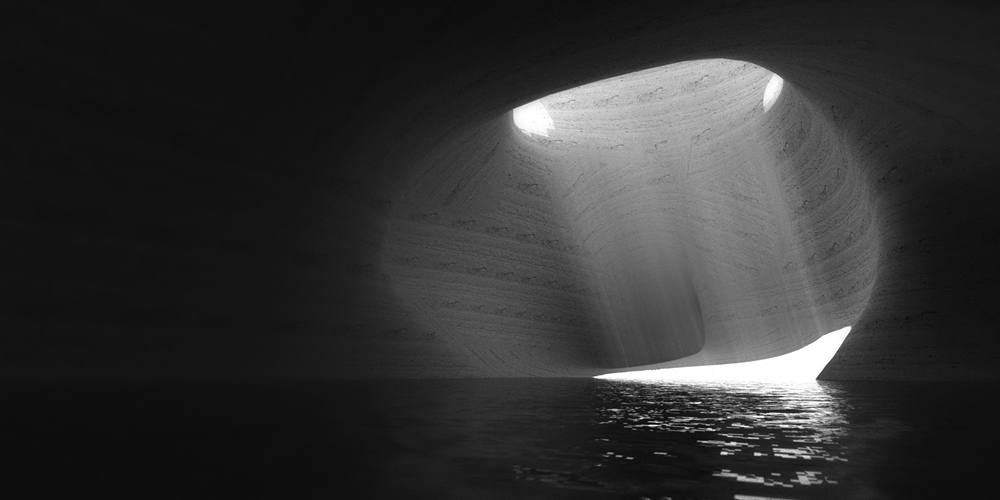Mérida Underground: A Pedestrian Sewer System
Mérida is a beautiful city, closed off to the pedestrian. Sidewalks narrow from 3 feet to just 6 inches in many locations. Street front facades are colorful but solid walls with iron grates as entrances. The real Mérida is inside these monolithic city blocks. The courtyards are the spaces of being.
In response to this experience walking the streets of Mérida, this project proposes to eradicate any notion that car and pedestrian must maintain parallel paths. Just as Haussmann would plow paths through the blocks of Merida, and Portman made pedestrian tubes, this proposal embeds its logic in the ground.
Mérida also has a water problem. The Yucatan peninsula is a solid limestone deposit. Because of this, water leaches into the earth slowly and filters on its way to the waterline. This water is the inhabitant's drinking water. The region has a long history of dependence on this system; however, today, heavy rains flood the streets. The solution to this problem has been retention basins to store this heavy water until it can leach into the ground.
Typically a sewer system and a pedestrian system are separated, but in a location so dedicated to the phenomenon of the cenote, a coincidental space is ideal. By combining the new pedestrian network, with a series of retention basins, the public path can now occupy the real Mérida (the courtyards).
Further Information on Mérida Undergroud can be found in our publication 'Range'.














